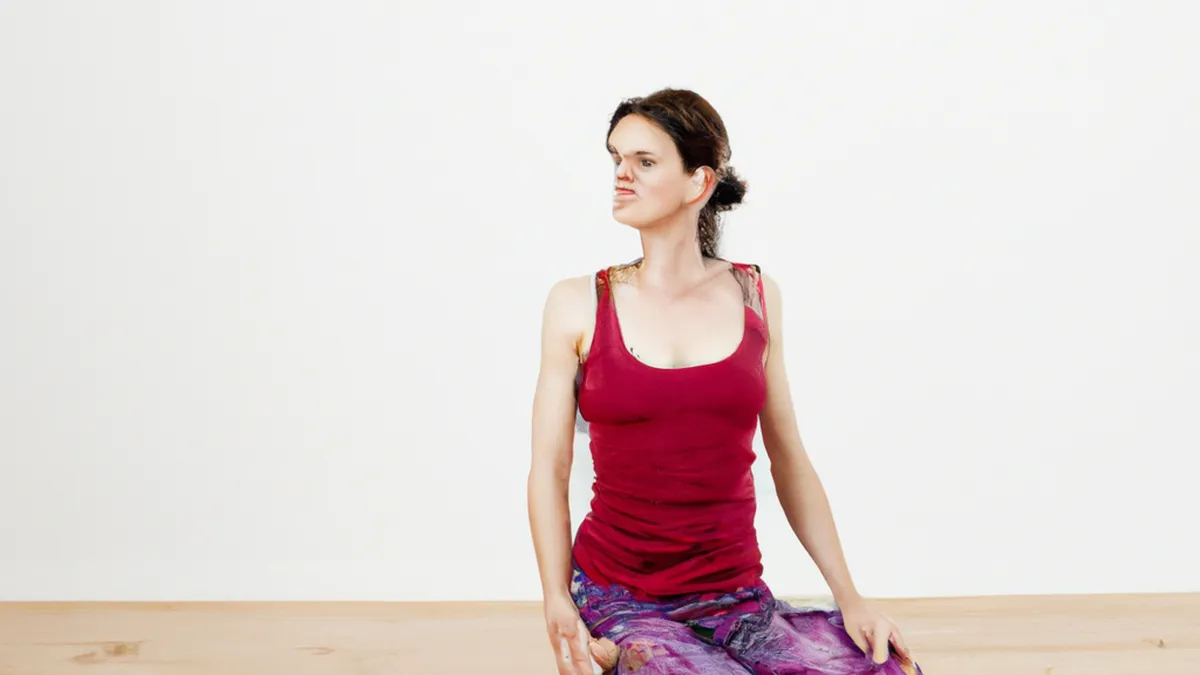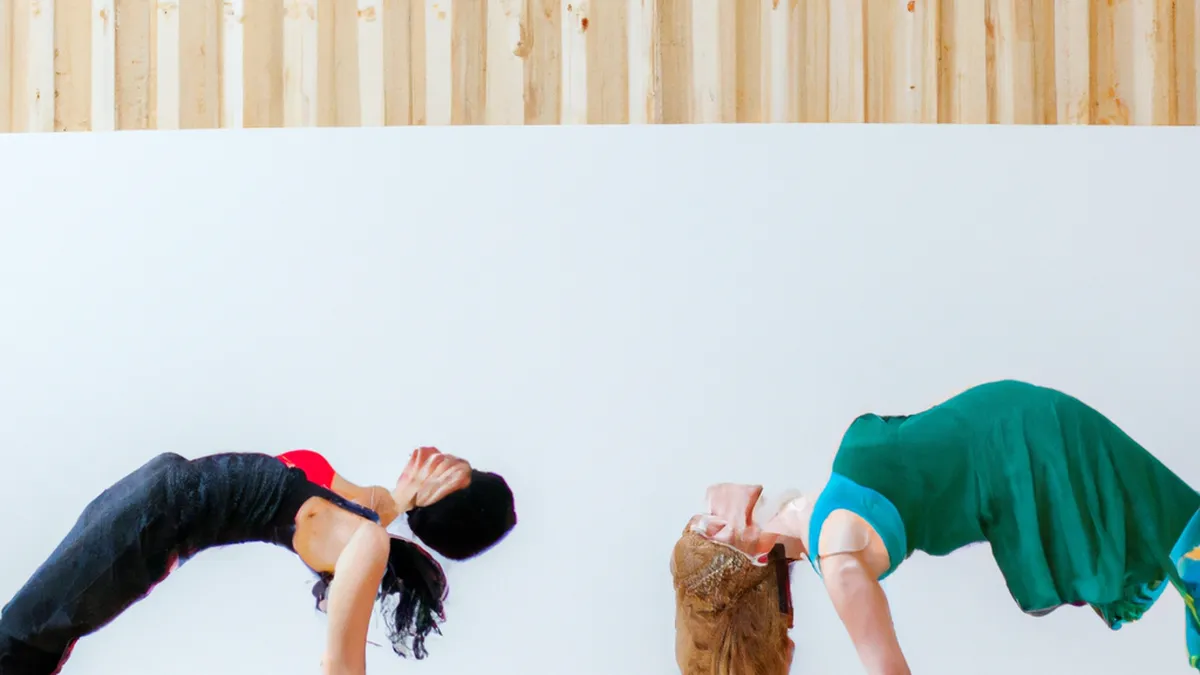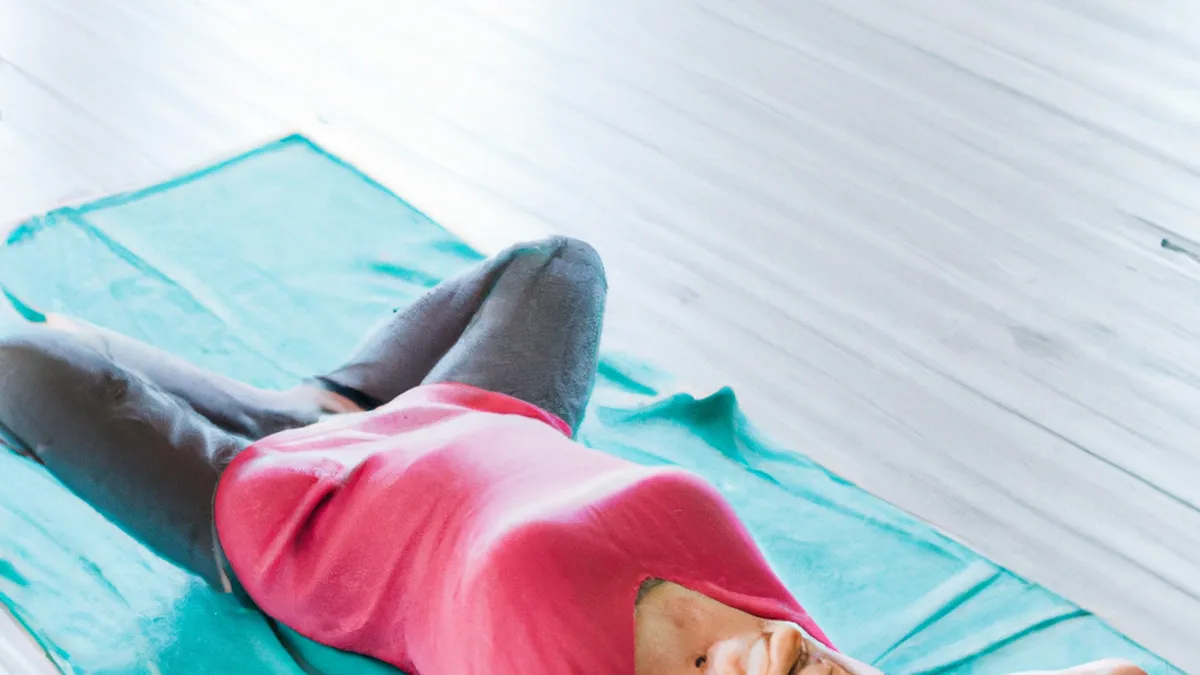NSDR Techniques: Meditation vs Breathing
Techniques for Deepening Relaxation During NSDRNon-Sleep Deep Rest (NSDR) offers powerful relaxation and rejuvenation. This practice includes yoga nidra and guided meditation. It helps individuals recharge without needing sleep. Many find it challenging to relax fully, but several effective methods exist to enhance relaxation during NSDR. Incorporating these techniques unlocks a profound sense of peace and well-being.
Understanding NSDR
NSDR encourages deep rest that mimics sleep while offering restorative benefits. Your body experiences significant relaxation, reducing stress and improving mental clarity. NSDR activates the parasympathetic nervous system, calming both body and mind. This practice benefits our fast-paced, high-stress lives by counteracting chronic stress and fatigue.
Preparing Your Space
As an Amazon Associate I earn from qualifying purchases.
Gear tip: consider soft eye mask, yoga bolster, and weighted eye pillow to support this topic.
Creating the right environment is essential for deep relaxation during NSDR. Find a quiet, comfortable space free from distractions. Follow these steps to optimize your environment:
Use Comfortable Props
Comfort is crucial for deep relaxation. Use soft blankets or cushions to support your body. A comfortable pillow or bolster helps maintain alignment and reduces tension. An eye mask blocks light, enhancing relaxation and inward focus.
Adjust the Lighting
Lighting affects your ability to relax significantly. Dim the lights or use candles to create a soothing ambiance. Soft, warm lighting calms your nervous system and eases your body into rest. Consider using Himalayan salt lamps for their gentle glow and relaxation properties.
Mindfulness Techniques
Incorporating mindfulness techniques into your NSDR practice enhances relaxation. Mindfulness anchors your awareness in the present moment, helping you let go of distractions.
Focus on Your Breath
Breath awareness forms a fundamental aspect of mindfulness. Start with a few deep breaths, inhaling through your nose and exhaling through your mouth. Focus on the sensations of air entering and leaving your body. Allow your breath to establish a natural rhythm, quieting your mind and guiding you toward relaxation.
Body Scan
A body scan cultivates awareness and relaxation. Begin at your toes and gradually move upward through your body. Pay close attention to any tension or discomfort. Acknowledge these sensations without judgment, then consciously relax each body part as you progress. This practice deepens your connection with your physical self and fosters calm.
Visualization
Visualization transports you to a serene, calming place. Picture a tranquil scene that evokes feelings of peace and relaxation.
Conclusion
Utilize these techniques to enhance your NSDR practice. Create a comfortable space and incorporate mindfulness for deeper relaxation. Enjoy the benefits of profound rest and rejuvenation.
Below are related products based on this post:
FAQ
What is NSDR?
Non-Sleep Deep Rest (NSDR) is a practice that offers relaxation and rejuvenation through techniques like yoga nidra and guided meditation. It allows individuals to recharge without the need for sleep, promoting a profound sense of peace and well-being.
How can I prepare my space for NSDR?
To prepare your space for NSDR, find a quiet and comfortable area free from distractions. Use soft blankets or cushions for support, and adjust the lighting to create a soothing ambiance, such as dimming lights or using candles.
What mindfulness techniques can enhance NSDR?
Incorporating mindfulness techniques like breath awareness, body scans, and visualization can significantly enhance your NSDR practice. These methods help anchor your awareness in the present moment, allowing for deeper relaxation and connection with your physical self.















Post Comment